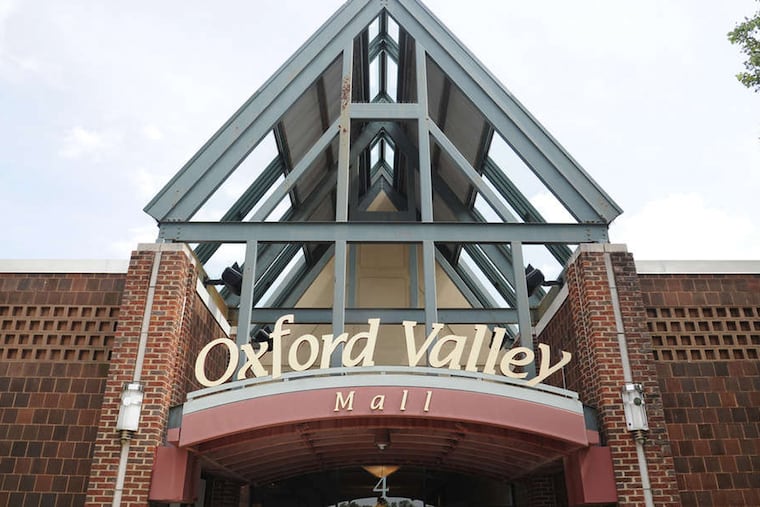Shopping malls as residential centers? OK, if all levels of income are included. | Editorial
Some suburban malls are on the ropes. But enlightened decisions by owners, local officials, and residents could transform these once-choice properties in vibrant new communities.

Echoing a national trend, some of the struggling malls that once dominated suburban retailing in the Philadelphia region are being reborn as communities for living as well as shopping. The evolution from single to mixed-use development is an opportunity for more than a mere rebrand of a faded consumer destination or a way to repurpose at least some of the millions of vacant square footage that a shift in retail habits has created. And while many of these vast, formerly retail spaces are impractical for conversion into residences, sprawling mall parking lots can easily be made ready for residential construction. Together with new or existing stores, offices, and restaurants, the old mall can become the nucleus of a new community — one that may offer a solution to the pressing need for affordable housing.
The Inquirer’s Katie Park reported this week that Oxford Valley Mall in Bucks County and the Voorhees Town Center, formerly the Echelon Mall, in Camden County are among once retail-only developments where new residences are proposed or have been built. Apartments are rising on four acres adjacent to Chester County’s Exton Square Mall as well, and up to 1,065 housing units, including 213 earmarked as affordable, may be built around Burlington County’s Moorestown Mall, where new retailers have opened but the Lord & Taylor store will be closed.
So far, many of the retail-to-residential redevelopments here and across the country focus on providing high-end housing, or creating communities that still center around shopping and entertainment. But that’s limited, and limiting. Developers and elected leaders should instead think more deeply — and creatively — about the future of these highly accessible and prominent pieces of real estate, where extensive utility and transportation infrastructure already is in place.
Last year, for example, a mall in Alexandria, Va., was reconfigured into a temporary homeless shelter.
The lack of affordable housing has hit city and suburbs equally hard. According to a Harvard study released last year, more than 38 million households in the U.S. have housing cost burdens, and federal housing assistance is inadequate to cover the low-income households that need help.
The mall is often seen as a symbol of bland, cookie-cutter design. Developers seeking to renew or repurpose them need to break away from that thinking.
"Plopping down 400 apartments next to a Sears is uninspired,” said Kevin Walsh, executive director of New Jersey’s Fair Share Housing Center. The agreement Moorestown signed with Fair Share earlier this year sets the goal for the construction of rental units near the mall.
“The challenge is planning, in order to create a sense of place, and a place that’s functional," said Walsh. "And what that takes is density.”
There’s irony in the fact that malls — widely blamed for helping destroy downtowns across America — are fighting to survive as dense, walkable, and transit-rich traditional town centers like Media and Collingswood are thriving. Smart municipalities and developers have a chance to take advantage of the decline of both traditional retail and housing opportunities. But it’s critical to do it right — and include all income levels in the planning.